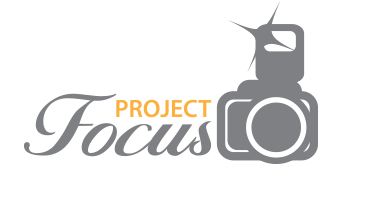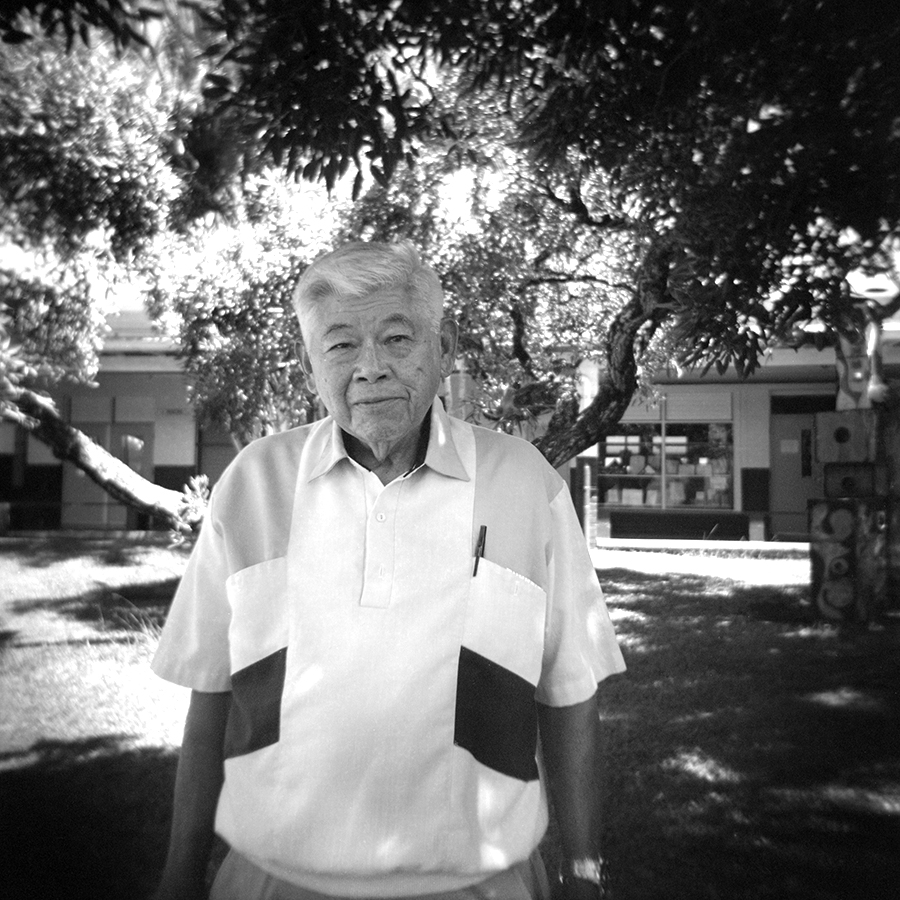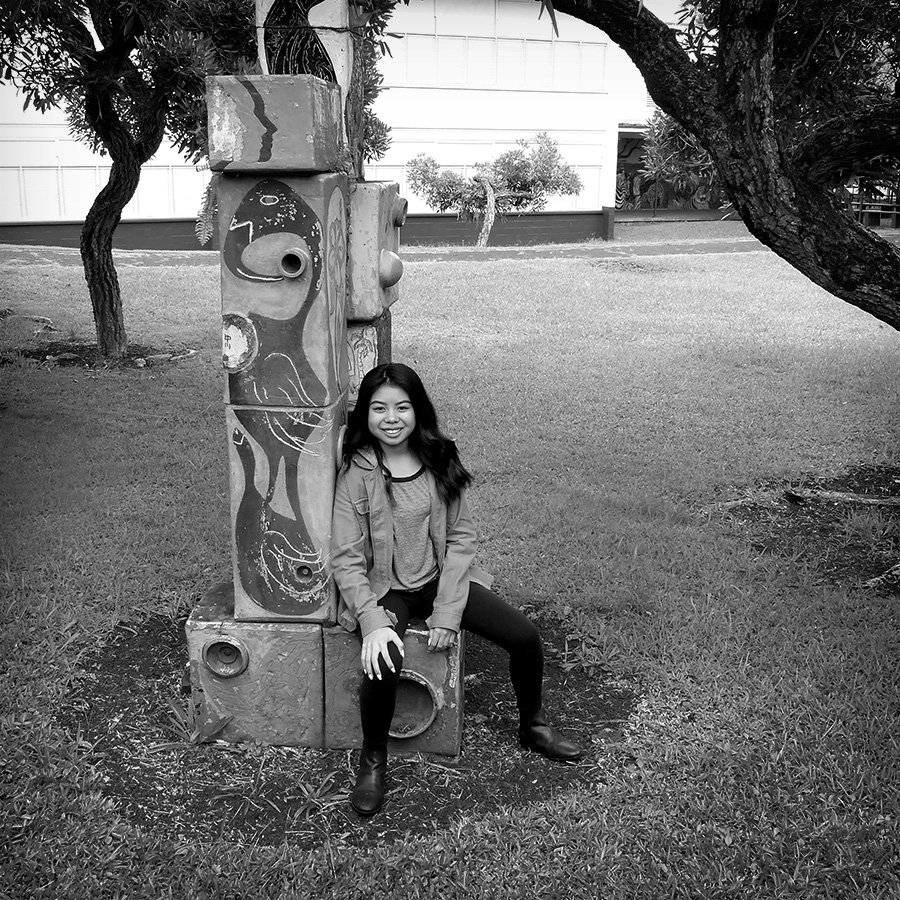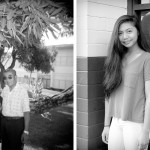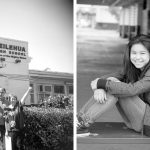Edward Chun
Age: 86
Birthplace: Wahiawa, Hawai`i
Photographer: Shaianna Llarinas, Age 17 ~ Leilehua High School |
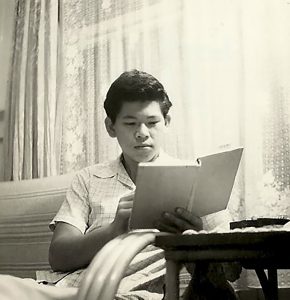 |
| Mr. Chun was born in Wahiawa in 1930, the eighth of 13 children, to Charles D. Nam Chun and Lin Ing Luke Chun (1962 Hawaiiʻs Mother of the Year). Mr. Chun attended Wahiawa Elementary School, Leilehua Intermediate and High School and the University of Hawaii at Manoa. He left Hawai`i to earn his doctorate in chemistry at Harvard University. After continuing his academic research in the biomedical field at MIT and the University of Pennsylvania, he worked at Abbott Laboratories where he participated in the development of diagnostic kits used to detect the presence of Hepatitis B virus in the blood supply. Mr. Chun retired in 1991 and in 1998, began a decade-long participation in a volunteer water monitoring program run by seniors to protect Philadelphiaʻs drinking water sources from pollution. He was married to Florence Scott Lewis-Chun (deceased 2004). |
| In the late ʻ30s and ʻ40s, Wahiawa was a small town surrounded by pineapple fields. Castnerʻs was a large, air-conditioned department store. It was a joy to enter the store and be chilled by the cold dry air. For the lack of refrigerated space, we had to shop for vegetables daily. I remember going to Nakatani store on Kilani Avenue and Calawaii on Center and Cane Street to buy watercress, string beans, cabbage and other vegetables. |
| As kids we played outside all day, playing with improvised toys such as milk bottle covers, sawed off broom handles for a game called pee wee, slingshots made from guava tree branches and rubber strips from bicycles or car tubing. |
| On December 7, 1941, I sat on our back porch and watched the planes circle and drop bombs on Wheeler Field. An hour later, we saw planes engaged in dogfights. A bullet went through my brotherʻs car while other bullets hit the roof and lawn. At night gunfire continued, causing anxiety. |
| In February 1942, our sixth grade class at Wahiawa Elementary School was relocated to the Hongwanji School, with two shifts. Likewise, Dokuritsu School became the classrooms for Leilehua High School. These schools were Japanese language schools taken over by the military authorities as replacements for our schools which were taken over by the military during the war. |
| As a University of Hawaii student in the late ʻ40s, I commuted from home to the university six days a week by bus or carpool for four years. To pay for my tuition, books, lunches and transportation, I worked every summer at the Dole Cannery. |
Lifeʻs greatest gift is that everyone is able to express his or her own opinions.
|
